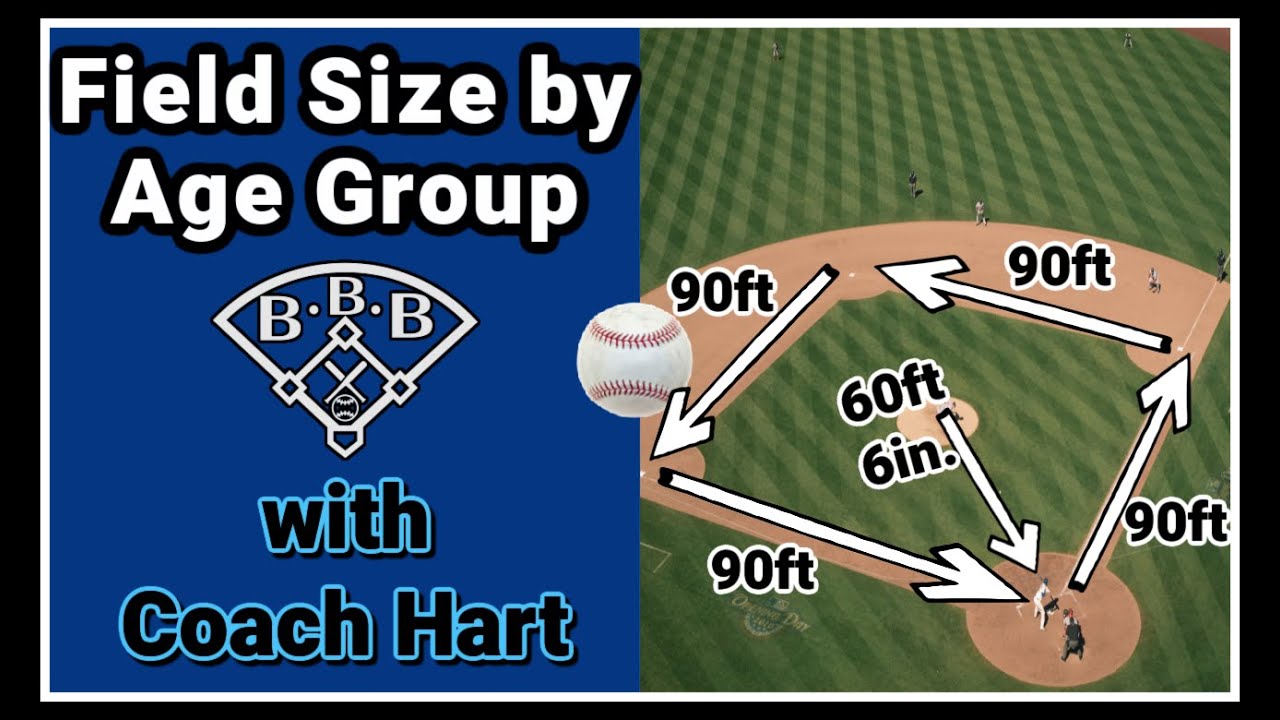Alright, so a while back, I took on this project to set up a baseball field. It sounded pretty straightforward at first, but boy, was I in for a ride. I’ll walk you through what I did, step by step.
Figuring Out the Direction
First things first, I had to figure out which way the field should face. I didn’t want the players, especially the batters, squinting into the sun during those afternoon games. So, I spent some time watching where the sun was at different times of the day. It was a bit of trial and error, but I finally settled on a direction that kept the sun out of the batter’s eyes for the most part. It is the first step before you make the field.

Choosing Home Plate’s Spot
With the direction sorted, I moved on to picking the spot for home plate. I had this old backstop that I wanted to use, so I made sure to center home plate within it. It was crucial to get this right, you know, for the whole layout to work. I did look up some guidelines to double-check the right distance between the backstop and home plate, just to be safe. After that, I marked the spot.
Staking Out Second Base
Next up was second base. I got my hands on a long measuring tape, attached one end to the stake at home plate, and measured out towards where I thought second base should be. I made sure to use the correct distance as I measured. Once I had that, I hammered in another stake. This was starting to feel like a real baseball field.
Laying Down the Pitcher’s Mound
The pitcher’s mound was a bit trickier. I knew the center of it had to be in line with home plate and second base. I used the tape measure again to find the right distance from home plate to where the mound should be. I had to get the measurement just right. It took a few tries, but I eventually got it and marked the center of the mound.
Setting Up First and Third Base
Finding the spots for first and third base was the last major step. I extended the measuring tape from second base out towards where first base should be, making sure the distance was spot on. Then, I did the same from home plate to third base, keeping the tape taut and the angle right. After getting the distance for first base, I staked out first base and third base.
The Finishing Touches
With all the bases and the mound in place, I took a step back to admire my work. It was really coming together. I spent the next few days adding the finer details, like the foul lines and the batter’s boxes. I even got some chalk to mark out the lines properly. To walk around the bases and see it all laid out just like a proper field, that was satisfying.
Looking back, it was a lot more work than I initially thought it would be. But seeing it all come together, I can say, it was totally worth it. There’s just something about building a baseball field from scratch that feels incredibly rewarding. This is my story about how to make a baseball field by myself. Hope my experience can help you if you decide to make it.


























